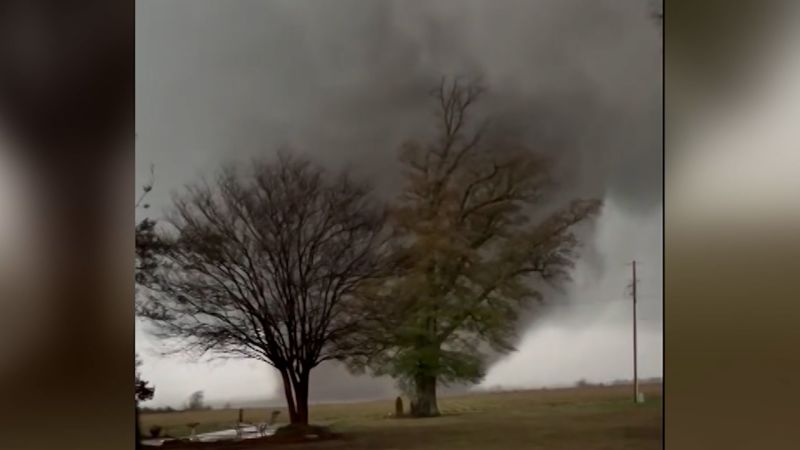
FARGO — Most of us are concerned with the snow on the ground...
we have to shovel or snowblow it after each snowfall. But how much snow we are clearing from sidewalks and driveways varies greatly depending on what is happening about thousands of feet above our shovels. That is where the clouds create snowflakes in a layer meteorologists call the dendritic growth zone.

And what is happening in that zone can drastically change not only how much snow we get but also what type of snow will fall. ADVERTISEMENT The temperature within this zone is the main factor in determining which type of flake will fall: big, hexagonal plates or stellar dendrites like we often think of when we imagine a snowflake generally form when temperatures within the layer are between 2 and 10 degrees Fahrenheit. When there is more water vapor, or moisture, within the dendritic growth zone and strong air movement upward into the layer, we get not only big, fat flakes but we can also get heavy snowfall.
Colder temperatures cannot hold as much moisture so the shape of the snow crystals created are more like columns and plates and are smaller, often resulting in less snow to shovel, though if a snow system stays on top of your area for long enough, it’ll still pile up. That’s just scratching the surface of snowfall forecasting: wind can break apart snowflakes, warmer air at the ground can melt the edges of the flakes and they can then clump together, storms can stall out, just a few of the many variables to consider when meteorologists craft a snow forecast map..















